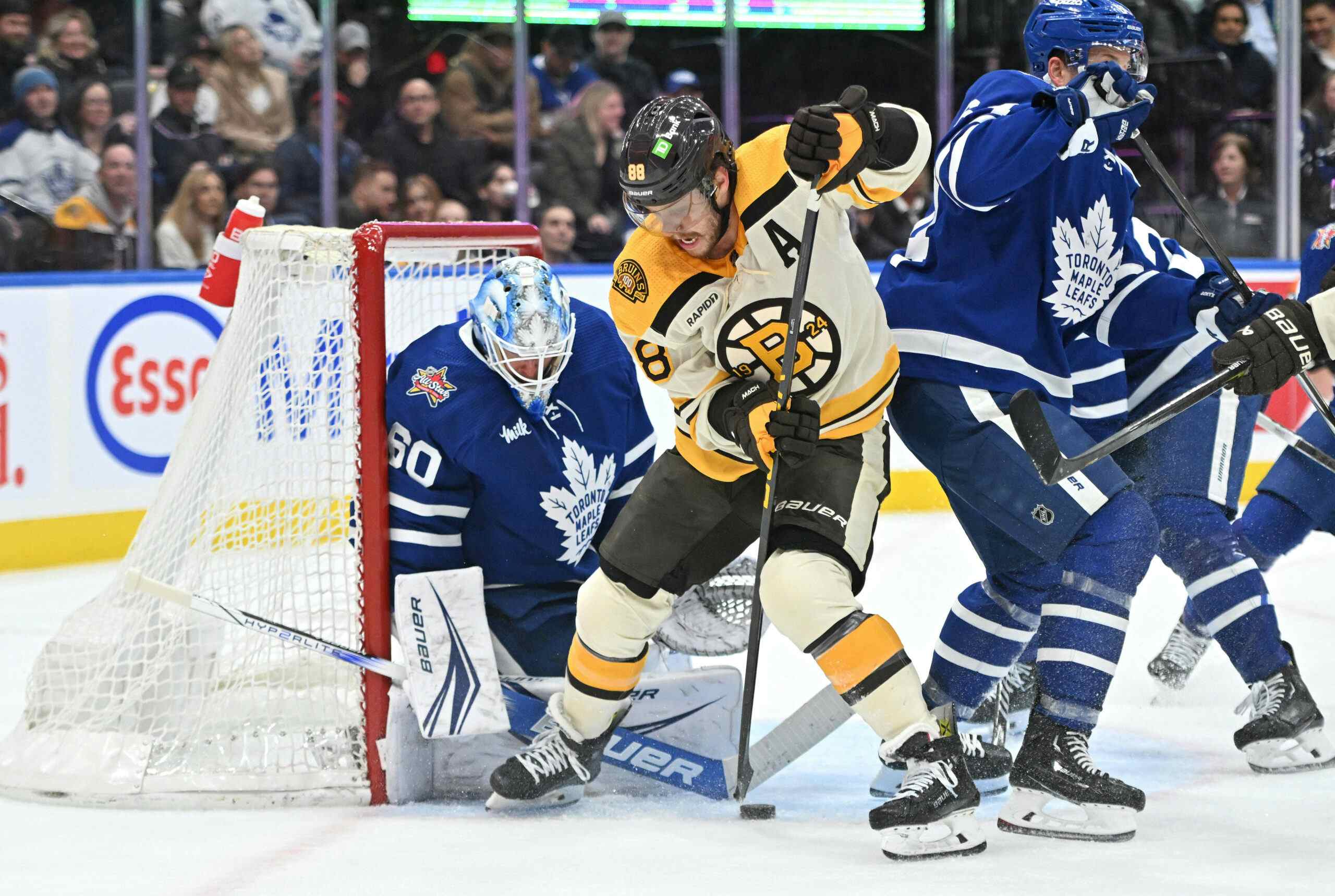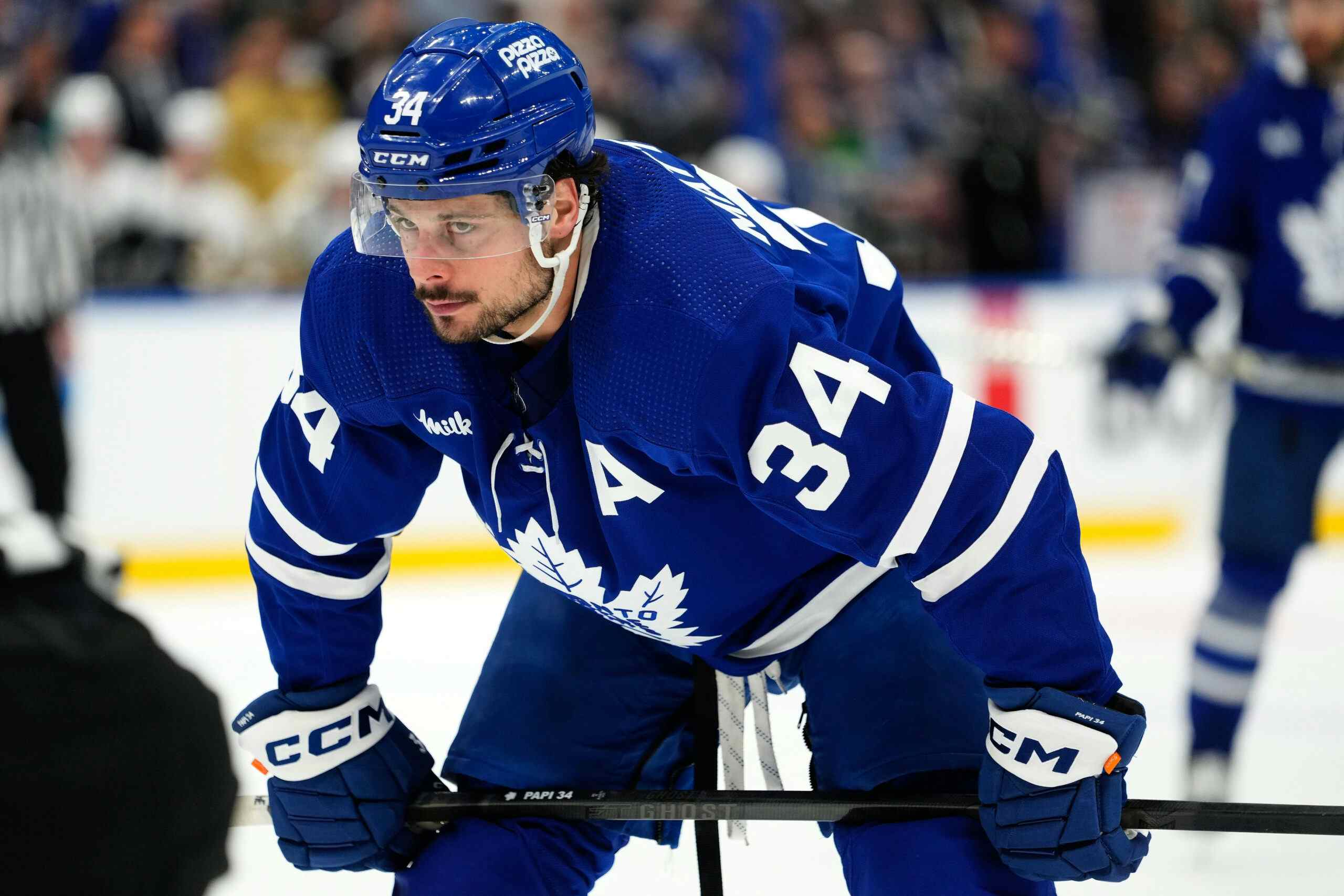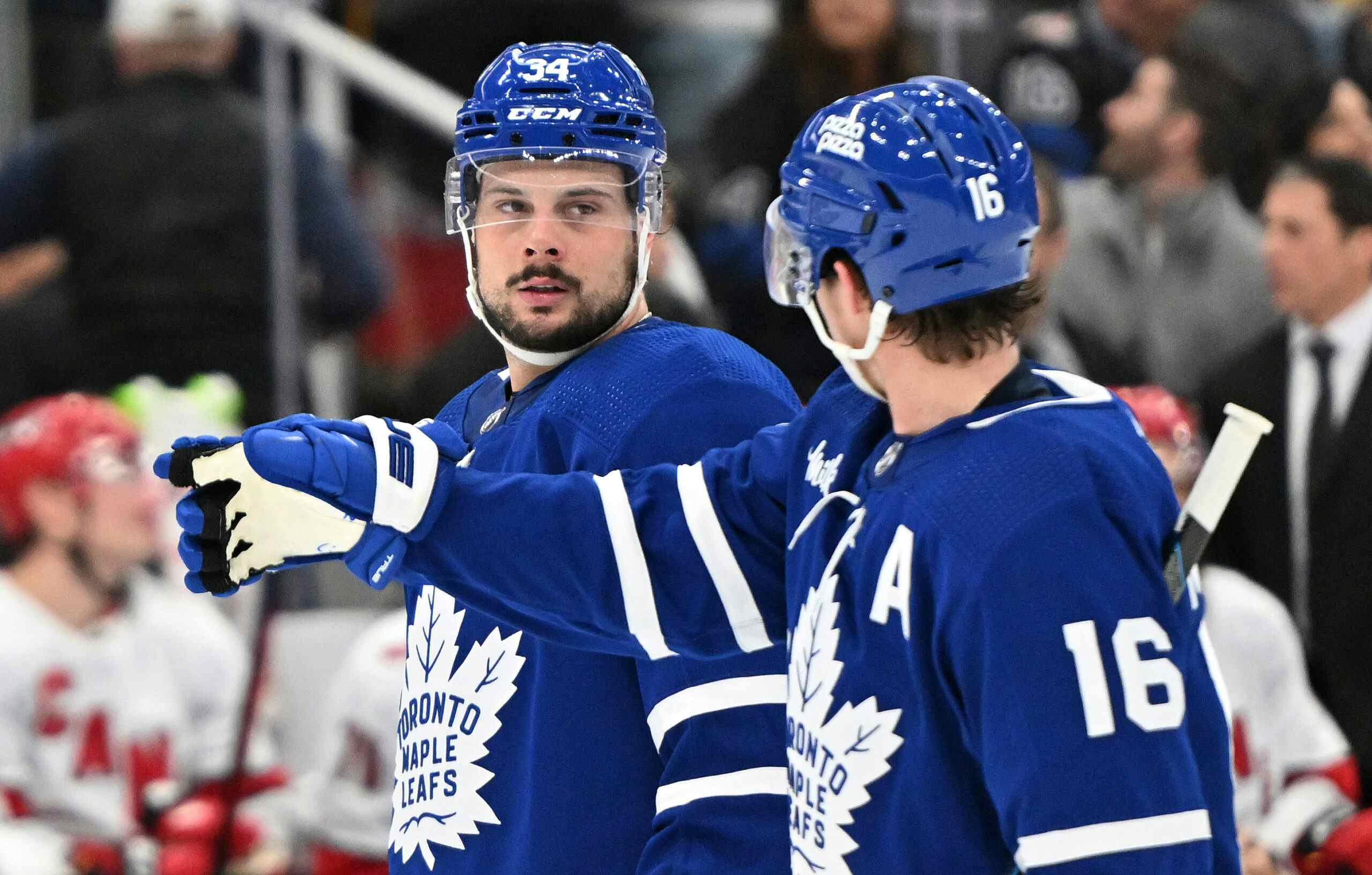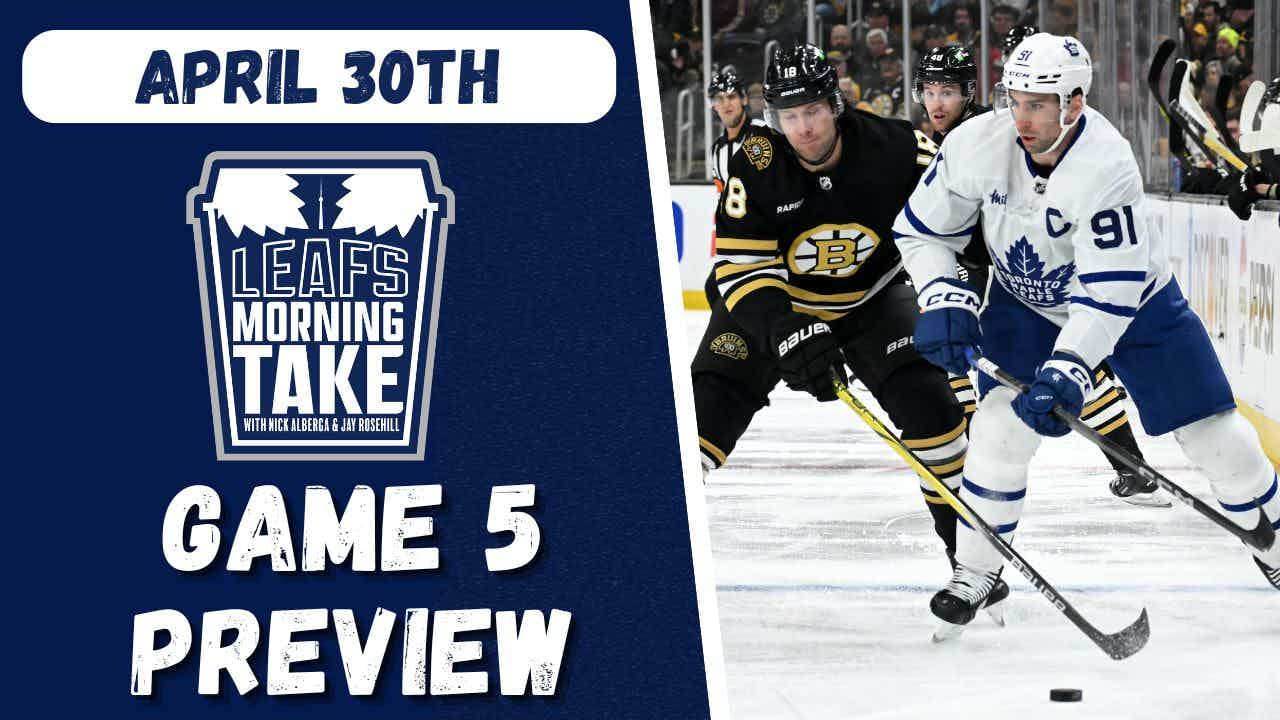On the Toronto Maple Leafs spending habits
By Cam Charron
11 years ago
And so Rick Nash will be a New York Ranger next season. We’ve known for quite some time, probably, that Nash would go there and not to, say, Toronto, but a lot of minds in the Greater Toronto Area may have needed the closure.
Not sharp minds, but the way that things have panned out in Toronto in the seven years since the last NHL lockout, the Leafs have time and time again missed out on the big-name NHL player. Sure, Brian Burke worked trades that brought Dion Phaneuf and Phil Kessel to Toronto, but neither have proved to be the stumbling difference between the current Leafs and a playoff spot.
It’s a fallacy, however. No one player, goaltender aside, can influence a team that heavily in the standings. You’d need a generational talent, but even Sidney Crosby and Alexander Ovechkin couldn’t bridge the chasm for their perpetual out-of-playoff teams in their respective dominant rookie seasons. It takes a supporting cast and it takes a lot of good players. The Leafs really have neither.
When you look at the big money contracts that have been signed, mostly they’re restricted free agents who were drafted and developed by the organization into an asset that was worth locking up for upwards of seven years. Among the longest deals, you see names like Ovechkin, Duncan Keith, Henrik Zetterberg and, aside from a few recent names, few who actually hit the open market.
Henrik and Daniel Sedin were UFAs for a few minutes before being re-signed by Vancouver. Ilya Kovalchuk, after an arduous process, stayed with the team that made a huge personnel commitment to acquire him at the previous deadline and again with a massive financial commitment. Zach Parise and Ryan Suter wanted to play out West, Marian Hossa with a Stanley Cup team, and so on.
Christian Ehrhoff, Brad Richards, Brian Campbell, Scott Gomez and Danny Briere are the only other players who are on this list of the 25 longest deals by way of big UFA deal. The jury is out on Parise and Suter. Kovalchuk brought his team to the Stanley Cup, but the Devils in financial turmoil at the most inopportune time: they owe Kovalchuk at least $10M over the next six seasons.
As for the rest, Ehrhoff played one season for an underwhelming Buffalo Sabres team, and they’ve felt the urge to make a lot of changes this offseason. Hossa and Briere are the best buys of the bunch, but we have yet to see how Briere’s three 35+ years go, and Hossa’s deal could turn into an albatross if he has any lingering health issues caused by the Raffi Torres hit.
Brian Campbell is a good hockey player and well-worth his deal. Gomez’ contract is a nightmare for the Canadiens right now, although I believe he’d succeed on a scoring line as a defensive playmaker (hint hint, Brian).
Still, did any of these players turn a franchise around? New Jersey was always limping around as a borderline contender every season and Chicago had a very good young core that will still be the core of the team going forward: Jonathan Toews and Patrick Kane are an excellent young one-two punch for forwards and they commit to Duncan Keith and Brent Seabrook on defence.
So who did the Leafs miss out on? They won’t be able to get the big-name UFAs unless they improve, but they can’t improve without getting bigger pieces. It’s a perpetual cycle of doom, and expecting it to improve each year by hoping a few promoted prospects or internal solutions creates chaos.
See, the Leafs can use offer sheets, and they can frivolously open the chequebook like Paul Holmgren is in Philadelphia. They were the top revenue team in 2011, likely were in 2012, and, as this next chart shows, there’s a pretty good correlation, or was last year, between revenue, the amount of big money deals, and playoff spots. The Leafs have yet to use their financial clout for tangible gain on the ice in the Brian Burke era:
(The percentages are determined by share of the total league playoff spots and revenue. I took the revenue figures from James Mirtle’s Friday post at the Globe)
Not that an expensive front office is bad, but the Leafs could create a very detailed analytics department studying a lot of things about the game. Vancouver general manager Mike Gillis was on Vancouver radio Monday afternoon discussing things like shot quality and shot location in determining player success. If you just paid six or seven kids with no hockey experience $50k a year to watch hockey and record data (hint hint, Brian), you could find one or two hidden gems for the cost of Keith Aucoin.
Again, the more you run the numbers, the more you’d see that Nash wasn’t that choice for the Leafs, and I’m not necessarily endorsing that course of action. But you see players who did move teams for menial pieces, Jeff Carter, for instance, was traded twice on a money deal before his no-trade clause kicked in. Last season, I applauded the Leafs using their financial position to levy a trade for Cody Franson by ditching Brett Lebda, taking on Matthew Lombardi’s cap space. Lombardi is a player who has had concussion issues, and the Leafs are in a better position to pay him on the LTIR than Nashville.
Lombardi is still a player who can contribute, and in the scheme of things, another guy on the 3rd line making $3.5M when you’re nowhere close to the cap for another year is a good risk to take. Franson is a good defenceman, or can be, but he’s been used sparingly by the Leafs, and we go into this next season with no real fit for him in the lineup, which is a shame.
One thing I can say about the Leafs is that they haven’t lost out on anyone due to money. They just haven’t had terrific players, and with that, Mats Sundin and Tomas Kaberle will go Cup-chasing rather than stick around. It’s the reality of veteran players. As for the players they lost to free agency, well, the big names are Yannic Perreault, Kyle Wellwood, Jay Harrison, and Garnet Exelby.
The team held onto Mikhail Grabovski this year. They’ll need to find a way to keep Kessel interested into Toronto by the time he’s an unrestricted free agent in two seasons. The team has a big test in Joffrey Lupul this season, which could be a disaster if the Leafs overvalue him.
It’s tougher to spend money to improve your team due to RFAs locking up for longer, saturating the free agent market, but the Leafs do need to find ways to creatively out-spend their opponents. I’d start with trying to pick off back-loaded contracts from teams that can’t afford them.

Recent articles from Cam Charron





